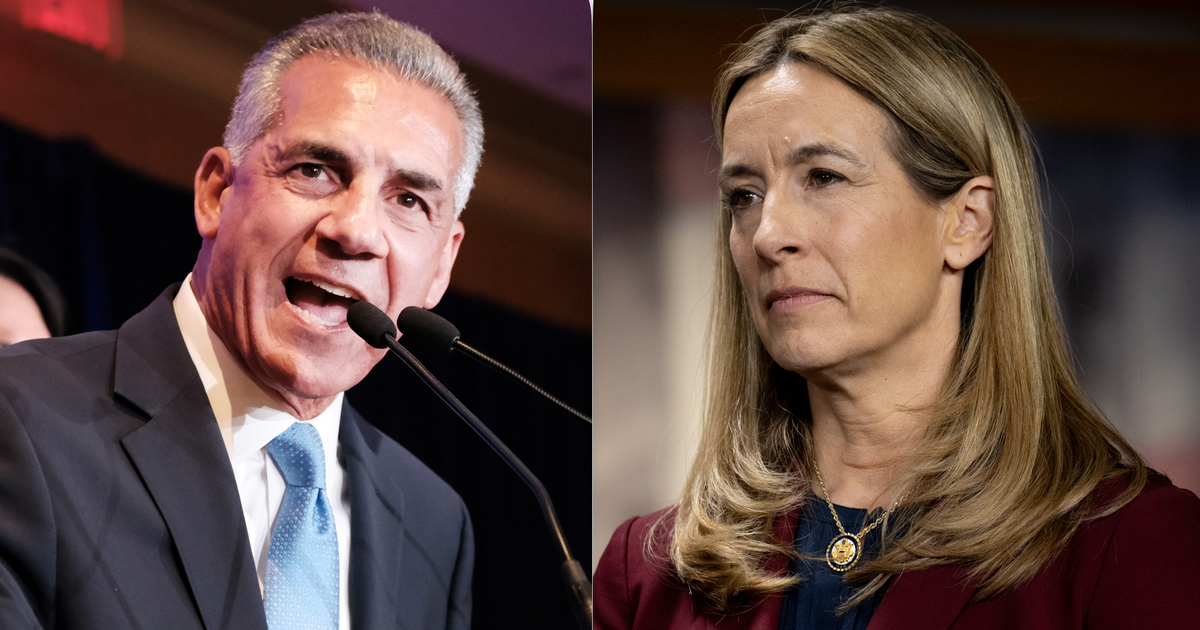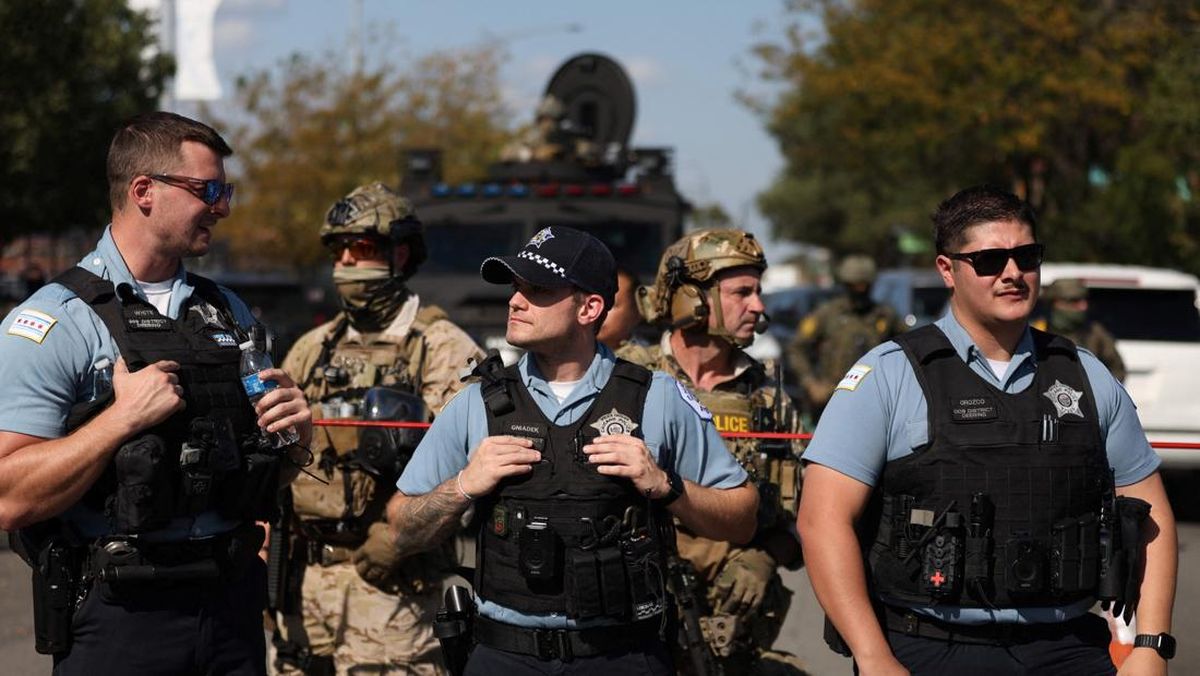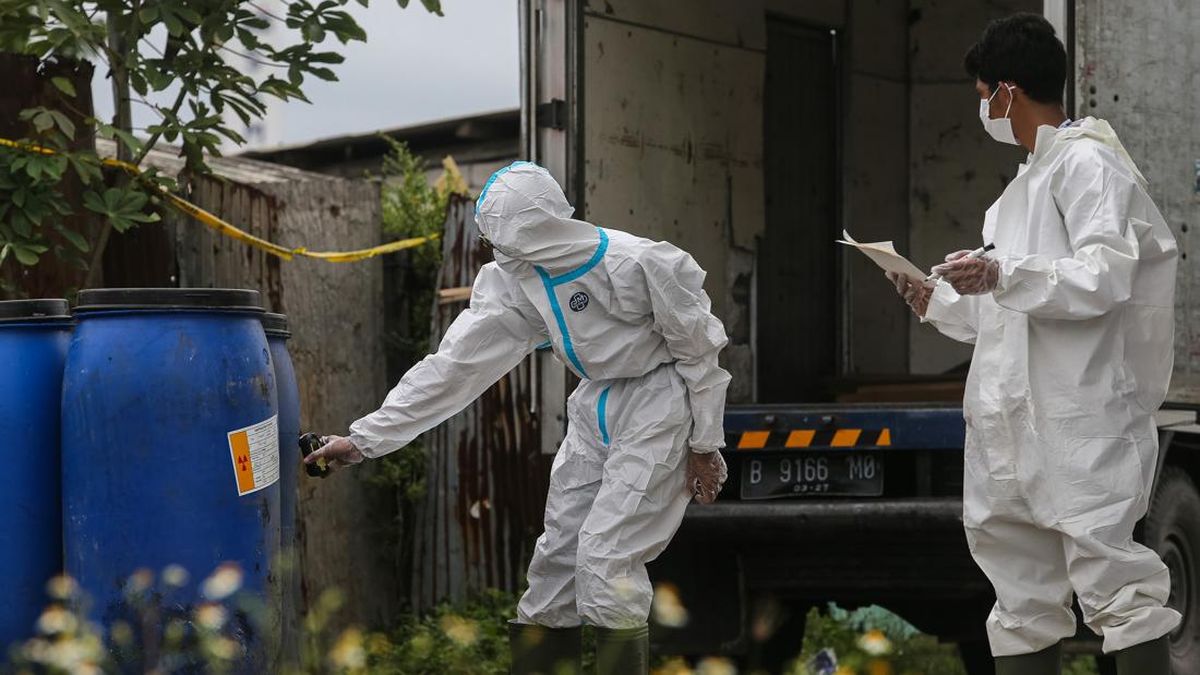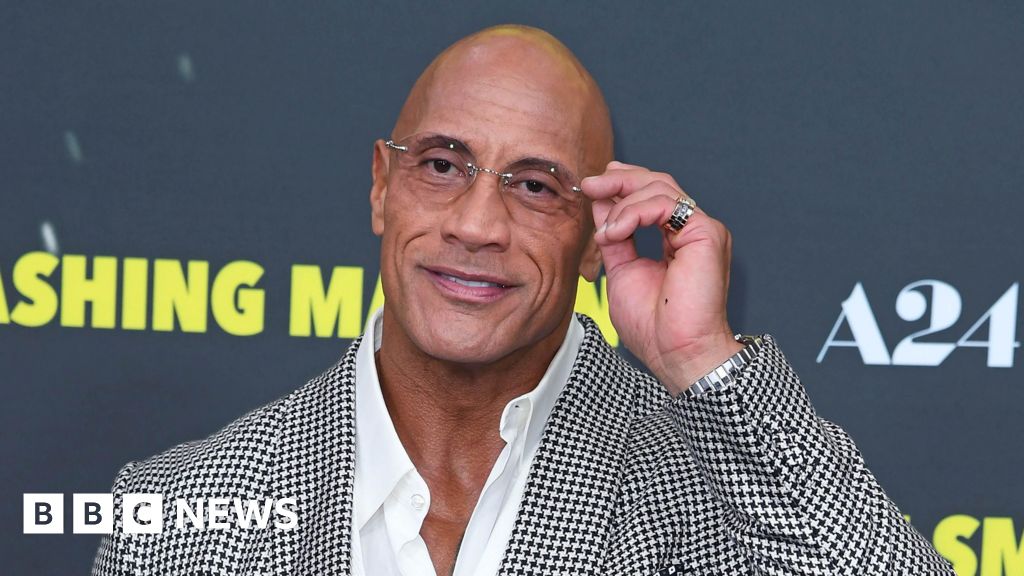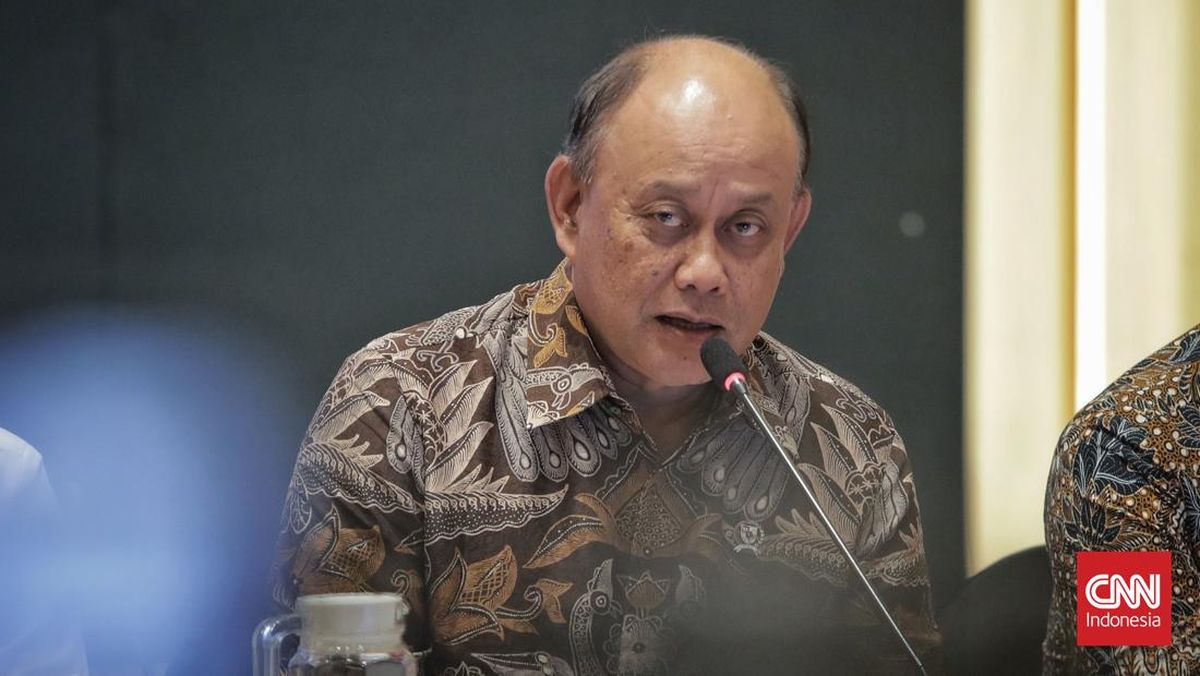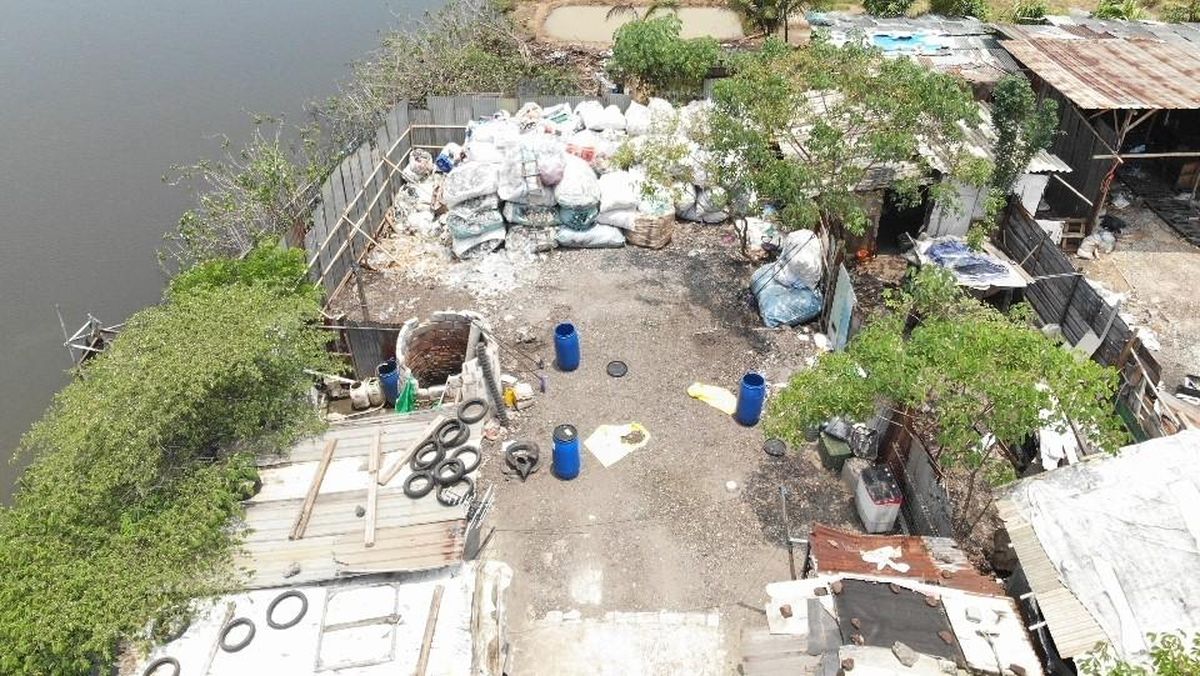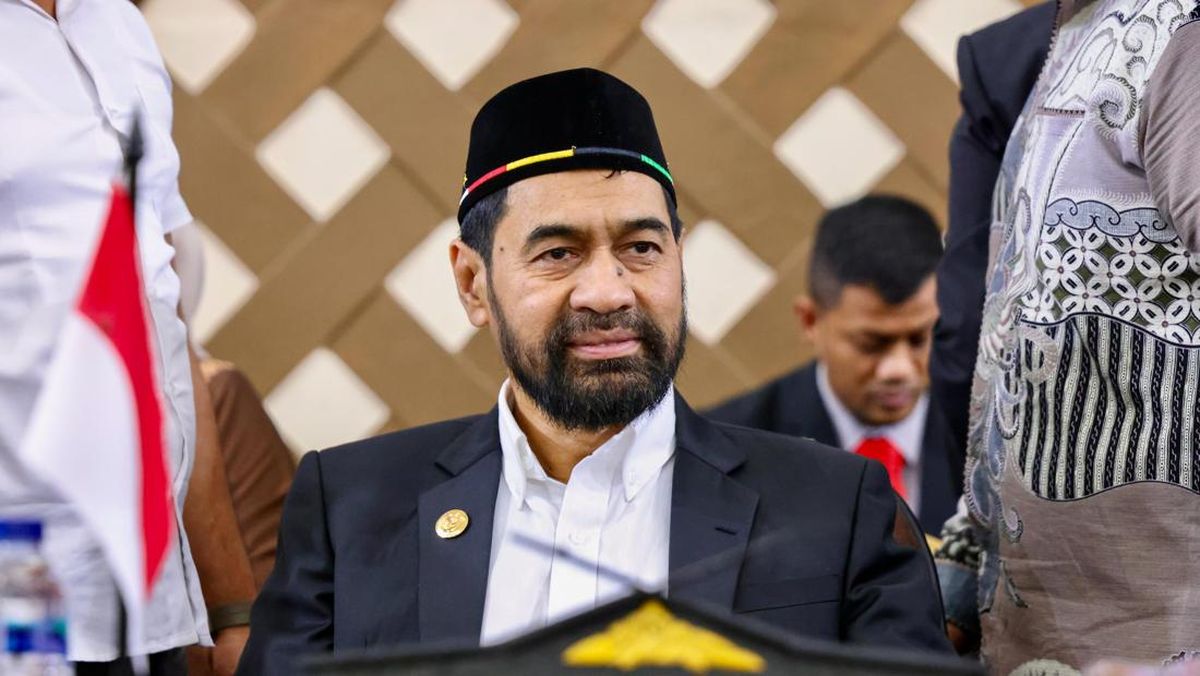By Melissa Twigg
October 4, 2025 — 1.56pm
London: It is difficult to imagine Queen Elizabeth II zooming down the driveway at Windsor on an electric scooter, ready to sit down for an intimate chat about her feelings with a Canadian comic. But as Prince William has already demonstrated, he is not his grandmother – or, indeed, his father – and he plans to rule very differently, when that moment arrives.
His time with actor and comic Eugene Levy, for the Apple TV+ show The Reluctant Traveler, was revealing in many ways. It detailed the impact wife Catherine’s health issues have had on his family, as well as the ways in which he chooses to parent differently to his own mother and father. Most notable, though, were the moments when he discussed his plans for modernisation.

Prince William and Catherine, Princess of Wales, arrive for the state banquet held for US President Donald Trump last month.Credit: AP
“I think it’s safe to say that change is on my agenda,” he said. “Change for good, and I embrace that, I enjoy that change. I don’t fear it, that’s the bit that excites me, the idea of being able to bring some change. Not overly radical, but changes that I think need to happen.”
It is, of course, a balancing act. On the one hand, the pomp and ceremony of royal life is part of what captures the public imagination, and draws so many visitors to the United Kingdom. On the other, a range of eccentric traditions that perhaps once made sense now risk looking faintly absurd.
“I’m sure Prince William will want to be much more informal,” says royal historian Hugo Vickers. “But he mustn’t throw away the things that people enjoy. It is so tempting to dumb things down, but once you have done that, you can’t always get them back again. He needs to be careful.”
At this point, nothing is certain – but here are six customs the future king might be tempted to streamline, reinvent or quietly consign to the history books.
Ermine, kilts and plumed hats

King Charles dons a kilt to visit Edinburgh last year.Credit: Getty Images
One area that is ripe for William’s scalpel is the monarchy’s obsession with costume. The prince himself has almost no appetite for theatrical clothes, and always looks his most relaxed in blue chinos and a simple jumper. At the age of 43, he remains one of few royal men who have never been pictured wearing a kilt north of the border – and often eschews some of the more elaborate outfits his father appears to relish, in favour of a simple suit.
This lack of sartorial peacocking will no doubt influence his reign. From the Order of the Garter procession, where participants wear velvet robes and plumed hats, to the coronation – where the monarch is swaddled in ermine – much of the royals’ dress code has been suspended in the proverbial amber since the Victorian era.

King Charles during his coronation in Westminster Abbey in 2023.Credit: Getty Images
“I think William finds some of the pomp and circumstance, and particularly some of the more elaborate outfits, slightly embarrassing,” says Ingrid Seward, the editor-in-chief of Majesty magazine, “and is likely to be relieved to be able to tone it down.”
Already, the staff at the Duchy of Cornwall have become accustomed to not donning ties when William visits, having previously always done so for Charles.
Meanwhile, the increasingly popular trend among royal women to do away with dreaded nude tights in favour of bare legs is only likely to accelerate when William is on the throne.
Rethinking some of the odder jobs
The British monarchy remains one of the few institutions where such roles as Keeper of the Swans and Lord Warden of the Cinque Ports still exist. William has already hinted that he believes in a “slimmed-down monarchy”, a phrase that in practice will likely mean fewer working royals, fewer obscure job titles and a less labyrinthine court structure.

The annual Swan Upping, the counting of the Queen’s swans, takes place on the River Thames in 2021.Credit: Getty
This may not mean jobs like herb strewer (who throws scented flowers in palace rooms and in front of the monarch as they walk) and yeoman of the china and glass pantry (who oversees the palace’s crockery collection) will vanish on day one of his reign. As he moves towards a leaner, more functional staff, roles might be amalgamated or simply not renewed when someone leaves.
“I’m all for cutting down tedious pointless things like someone reading out an address when it could just be a note – but the core support for the monarchy lies in people like those in livery companies, and William knows that, so it is a fine line,” Vickers says.
Cutting back on the deference
Anyone who has watched The Crown will know the elaborate rules around bowing and curtseying. Similarly, until very recently, visitors had to walk backwards through doors when they left the room to ensure they were always facing the monarch.

Georgina Box, four, performs a curtsey for the King and Queen at St Thomas’ Anglican Church in Sydney in October last year.Credit: AP
“I think that is something he will definitely want to change,” says Seward. “William would much prefer someone to say ‘good evening’ than be bowed to hundreds of times a day – and that goes for his children, too. Once they turn 18, he won’t want people bowing or curtseying to them either.”
This may even extend to the way he is addressed. “He always says, ‘Call me William’,” adds Seward, “and while the staff always call him ‘Your Royal Highness’, he is more comfortable when people address him as ‘Sir’ or by his first name.”
Updating Order of the Garter
With plumes rising from hats, grand velvet robes and glistening insignia, the Order of the Garter’s annual ceremony in June, when new companions are formally invested, is one of the more pomp-filled events on the royal calendar – and one of the most likely to be modernised.

Prince William joins his father after an Order of the Garter Service in 2022.Credit: Getty
“It is a big procession, walking down the hill into St George’s Chapel with the monarchy arriving by carriage,” says Seward.
“I think he might want to put more emphasis on the people who are getting the honours rather than the royals. I have a feeling that he thinks it all looks a bit ridiculous, like they are in fancy dress.”
Living in multiple houses
King Charles rarely stays in one place for more than a few weeks at a time, and when the Queen was on the throne, she moved her court to Sandringham, Balmoral and Windsor at various times of the year, often in conjunction with the shooting calendar.

The prince will likely base himself at Windsor Castle when king.Credit: Getty Images

The Prince of Wales and his family attend the 2024 Christmas Morning Service at St Mary Magdalene Church in Sandringham.Credit: Getty Images
William is highly unlikely to do the same, not least because there is the possibility that he will become king when his children are still at school, which will keep him in Windsor during school terms at the very least.
“He will base himself out of Windsor, and probably use Sandringham as his Norfolk base and Balmoral for Scottish trips, but his court and his life will stay very much in one place,” Seward says. “He certainly won’t feel the same sense of obligation that his father does to travel constantly to all these homes.”
Modernising day-to-day royal life
In a method of communication, the Queen would no doubt be baffled by the fact that William uses WhatsApp to talk to his staff about managing the vast Duchy of Cornwall estate. Similarly, he is likely to drop some of the more elaborate insignia that his father favours.

The 1st Battalion The Scots Guards practises before the state banquet held for Donald Trump at Windsor last month.Credit: Getty Images
“Charles even has his paper napkins stamped with his royal cypher,” says Seward. “I don’t think William is going to want to do that. Maybe he would just keep his father’s cypher, but I can’t see him getting all the uniforms changed, and I think he might get rid of a lot of the unnecessary decorations on plates and glasses.”
Loading
Vickers agrees, adding that William is, without doubt, a man of his generation. “The joy of a hereditary monarchy is that each king or queen has new ideas that move things forward – and our monarchy has been very successful at that,” he says. “My advice to him is to try and do both: to be formal and informal; to modernise, but to every now and again ride in state and use the carriage because the people do love it.”
The Telegraph, London
Get a note directly from our foreign correspondents on what’s making headlines around the world. Sign up for our weekly What in the World newsletter.
Most Viewed in World
Loading

